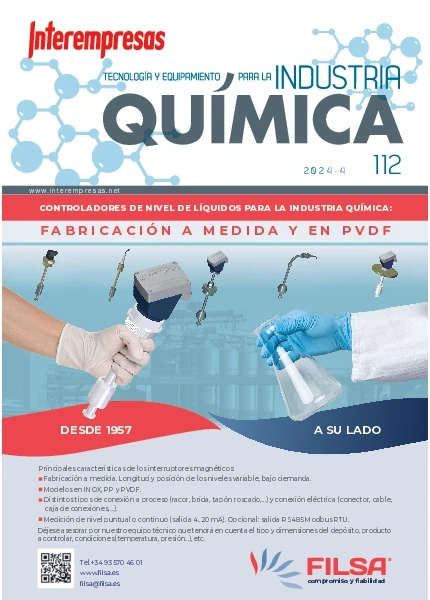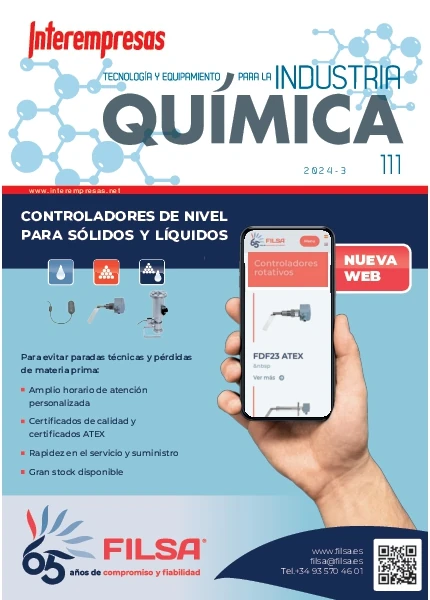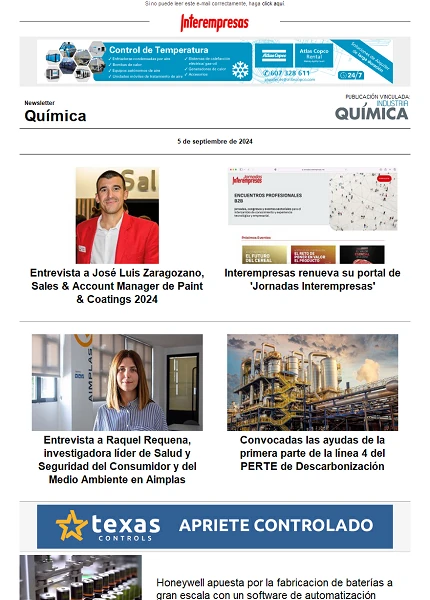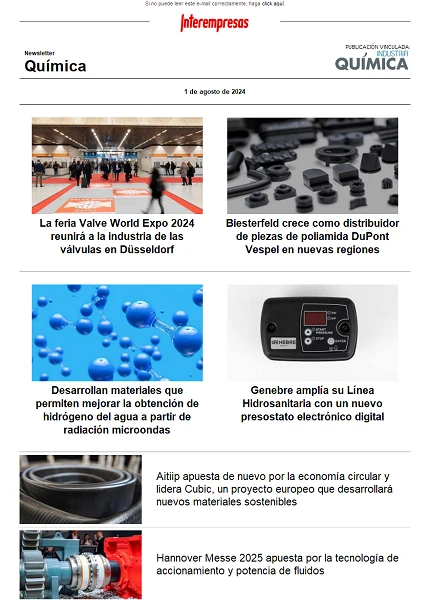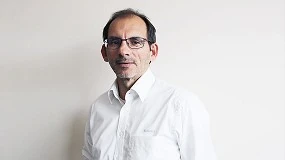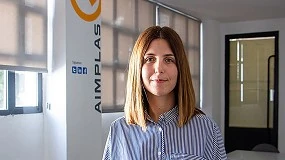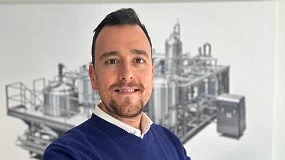“Spain is the first world-wide producer of ham cured and thus we have to be also pioneers in his investigation”
Interview to Fidel Toldrà, director of the Group of Investigation of Biochemicals, Technology and Innovation of the Meat and Products Cárnicos in the IATA-CSIC
The ham, this big known of our tables and ambassador of our gastronomy, has been instead a big stranger in the field of investigation during years. A marked product by the printing of the tradition that to arrive to the rest of the world has had to evolve, and in this has had good fault Fidel Toldrà, director of the Group of Investigation of Biochemicals, Technology and Innovation of the Meat and Products Cárnicos in the
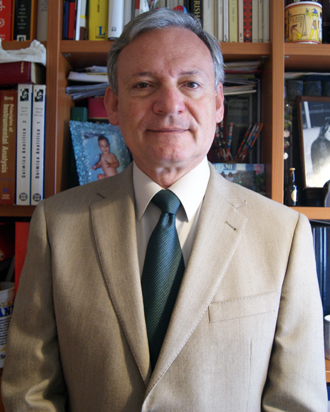
You carries decades investigating in a so vital sector for our alimentary industry as it is the cured of meat of pig, and especially with the ham. If it had to choose a fundamental advance in this sector in these last years, which would be?
The one of the ham is a sector that precisely because of his importance has advanced enough in the last decades. It treated of products that traditionally transmitted of generation in generation, and many times the basic foundations of the why generated this aroma, flavour and characteristic texture did not know . From the years 80 the most significant advance, specifically in the cured of the ham, has been the knowledge of the encimas involved in said process, that has showed that the ham is an alive body where the encimas present in the muscle follow remaining active once the animal is sacrificed and have a decisive importance in the quality that goes to have this ham, fundamentally in the flavour and aroma that this piece will develop in the months of cured. Besides the knowledge of these encimas has allowed to optimise the process so that this aroma was more pleasant and intense, and even the avoid defects of texture as it has been able to check. The called hams with effect chewing gum are very soft precisely by an excessive performance of any of these encimas that affect to the proteins and that give place to some anomalous textures.
The reduction of the salt of the ham cured has been perhaps the big challenge for the industry? The aim now is to achieve that this reduction affect the minimum possible to his properties organolépticas?
That is one of the most significant challenges that in these moments is posing the sector cárnico, no only to level of ham, but in all the cured and baked, because all carry but or less quantity of salt. In the case of the ham cured this quantity is elevated and is one of the products that, unfortunately, in spite of his nobility by not carrying almost additive and be rich nutricionalmente, is of the first that recorta in the diet of patients with hypertension. It is a challenge that does not result easy to solve, since they are a lot of centuries of product and the salt plays so many roles in the healing of the ham that results complicated even reduce it. It has achieved diminish in a 30-35% the quantity of salt without affecting to his sensory properties, but a greater reduction already supposes difficulties and requires of investigation and of an adaptation of the processes of manufacture to these levels of reduction of salt.
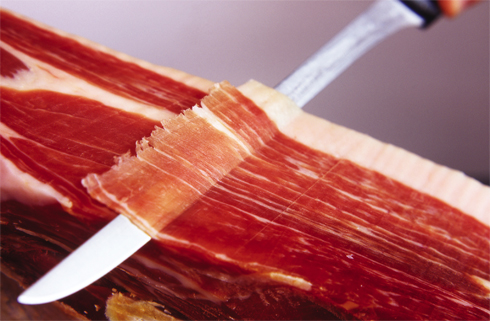
From the meat sector is promoting ?
Exist sanitary ware recommendations of all the big organisms and of the governments to reduce the salt, in Spain also, and the industrial state cárnico has been very receptivo to this demand and is promoting that in his products reduce the salt. In this sense are realizar investigations, but as we have commented does not result an easy subject because unfortunately it results difficult replace the salt by another product that fulfil the same functions in all his technological and sensory fields, and requires to accommodate the conditions of process, temperatures and time, to this reduction of salt.
Another of the fundamental transformations that has suffered the industry has been in the process of the cured. What has meant and what remains still for investigating in this appearance?
How it values the new norm of the Iberian?
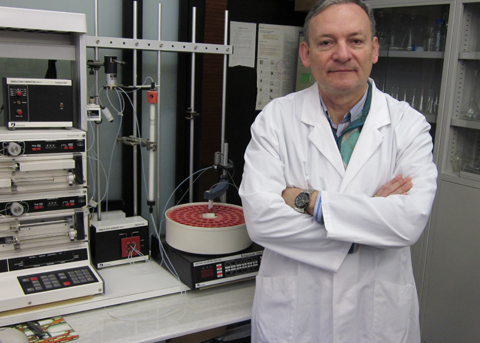
The consumer follows considering the meat of pig and the products derived of him as little healthy? In what has advanced in this appearance in the last years?
Would stand out a curious anecdote that occurred me does some years when I received a call of a Galician doctor that had realizar an investigation on centenarian people in Galicia. And the reason of that call was to look for a scientific answer to something that seemed him inexplicable, and is that the only element in common in the diet of all these people had been the usual consumption of meat of pig along his life.
Sure that they have asked it to him many times, but between all the types of meat you would remain with the one of pig?
A meat of pig of quality is very good. But we have to take into account that sometimes by this tendency to the reduction of fat also have boosted genetic crosses very magros with very little fat infiltrated, and this to sensory level notices , losing the meat in juiciness and flavour.
You directs the group of investigation of Biochemicals, Technology and Innovation of the Meat and Products Cárnicos in the CSIC. Which are the main lines of investigation that are carrying out?
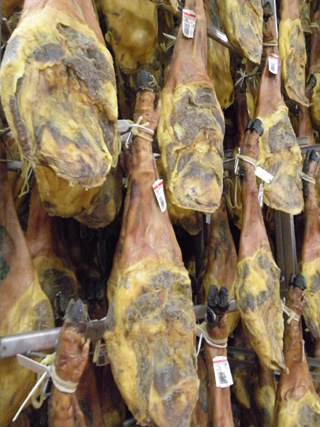
From the year 2008 is you member of the International Academy of Science and Technology of the Foods. What promotes from this institution?
“The Meat Processing Award recognises the transcendence that the investigations realizar have for the meat sector”
What means for you the recognition that has awarded him the American Meat Science Association?
In this sense has improved the public collaboration-deprived in the last years?
A factor that consider that it does not remain clear in our country is the one of the competitiveness and the fact that it is necessary innovar to be competitive. Here it thinks many times that be competitive is to go down wages and sell cheaper, but does not take into account that when somebody launch a similar product to the market to the same price will sell the best. To do a better product it is necessary innovar and give him value added.

